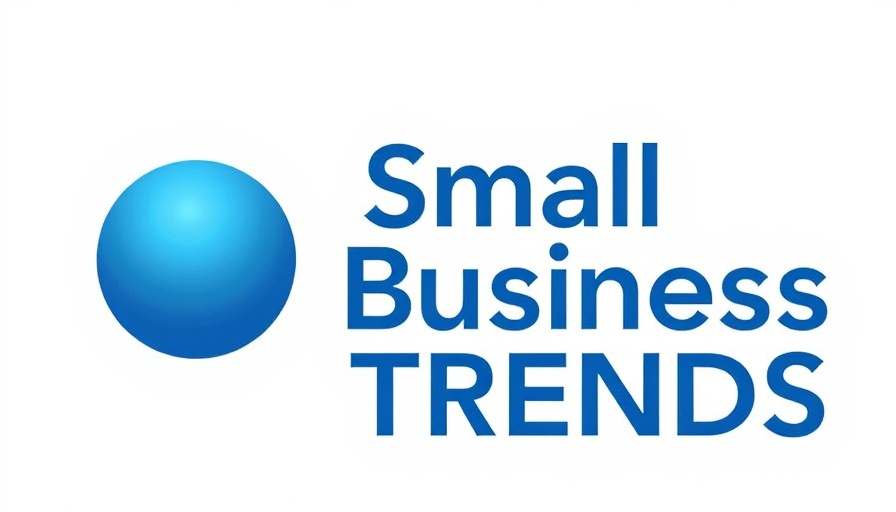
AI's Impact on Pricing: Should Creative Companies Charge Less?
As AI technology becomes an integral part of the business landscape, many creative companies are left pondering a critical question: should they charge less for their services if AI assists in delivering them? This dilemma stems from an increasing reliance on AI tools to enhance productivity, reduce processing times, and improve service offerings. In essence, should the infusion of technology lead to lower prices for consumers?
Understanding Dynamic Pricing in the Age of AI
The need for pricing strategies that resonate with current market trends is paramount. Utilizing AI for dynamic pricing allows creative businesses to adapt their prices based on consumer demand and external conditions, a methodology gaining traction across various industries. For instance, companies like Uber and Amazon employ AI to adjust prices in real-time to maximize revenue. This method ensures that pricing remains competitive, addressing not only immediate demand but also long-term consumer perception of value.
The Ethics of Lowering Prices with AI Assistance
Lowering prices due to AI involvement raises ethical questions. Many consumers may perceive a reduced price as reflective of lower quality. For instance, when using AI to create art or design elements, is the value of human creativity diminished? Critics argue that consistently low prices could undermine the perceived worth of services, suggesting that a balanced approach is critical for sustaining business integrity and industry standards.
Innovative Perspectives on Fair Pricing
In determining the appropriateness of price adjustments, creative companies must consider the diverse perspectives of their clientele. For example, businesses might explore value-based pricing strategies that reflect not just the cost of production but also consider customer sentiment and engagement. Emphasizing the collaborative nature of AI and human effort can help maintain value perception among consumers.
Future Predictions: Navigating AI-Enhanced Pricing
With advancements in AI, the landscape for pricing is set to evolve further. Experts predict an era where AI solutions work hand-in-hand with creative intuition, leading to innovative service offerings that justify existing price points or even warrant increases. To adapt, companies must cultivate a pricing strategy that balances cutting-edge technology with the timeless value of human creativity.
In conclusion, as creative companies navigate the complexities of using AI in their services, they must weigh the implications of pricing strategies carefully. Embracing AI doesn’t inherently necessitate lower prices; instead, a thoughtful approach to maximizing both efficiency and perceived customer value is essential.
With the evolving trajectory of AI integration in the creative industry, stakeholders should actively engage in discussions around pricing and value. For more insights on how to implement effective AI strategies in your business, consider exploring resources that highlight best practices and ethical approaches to pricing in the digital economy.
 Add Row
Add Row  Add
Add 

 Add Row
Add Row  Add
Add 



Write A Comment